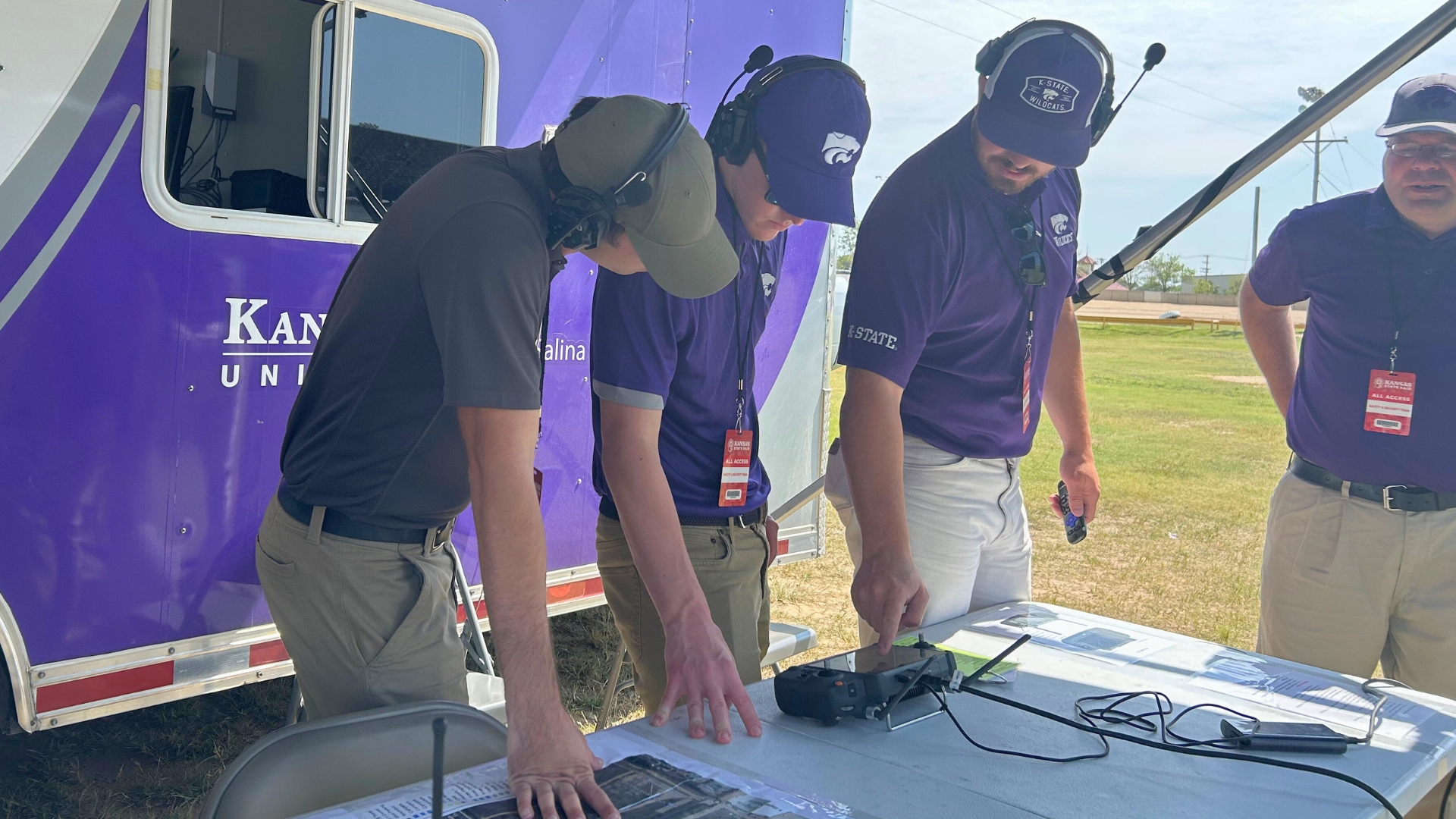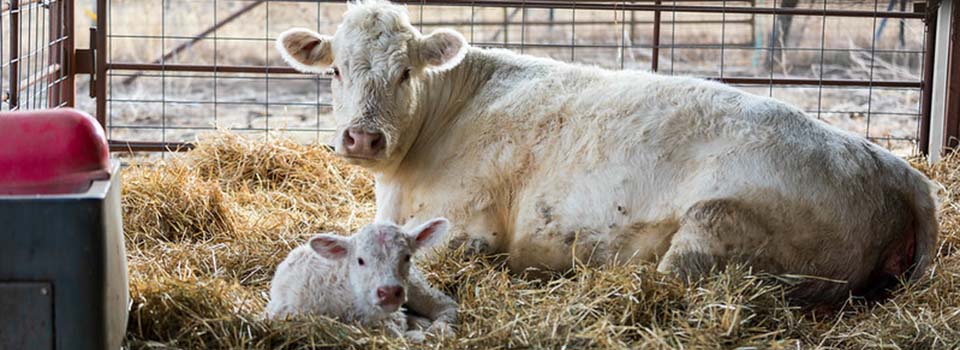After assisting the Kansas Highway Patrol at the Kansas State Fair with uncrewed aircraft system technology, Kansas State University Salina’s Applied Aviation Research Center is using research collected from large-scale events to enhance public safety efforts during disaster response.
The Applied Aviation Research Center, or AARC, partnered with the Kansas Highway Patrol to provide drone support and monitor crowd activity at the Kansas State Fair. The fair — the largest single event in the state — includes more than a week’s worth of concerts, activities and exhibits that draw in more than 300,000 attendees annually.
Part of the support that the AARC provided to law enforcement at the event included a live feed captured by aerial videography that was then broadcast to incident command. AARC and law enforcement watched in real time to direct officers to incident responses around the venue.
The footage allowed law enforcement to not only see where an incident was happening but also locate officers to easily mobilize those closest to the events on the ground.
The project is a continuation of the research done by AARC at the Kelce Jam festival earlier this year, where they assisted law enforcement with monitoring a large crowd at an outdoor venue. AARC was able to take the lessons learned from the prior experience to make the work at the Kansas State Fair even more efficient.
The organization also takes feedback from public safety officials about what worked and what can be improved upon.
While AARC is providing valuable assistance to law enforcement at major events around the state, K-State Salina’s uncrewed aircraft system experts are also compiling valuable research from projects like the Kansas State Fair to help enhance the technology and standards in the industry.
Under multiple grants, AARC is assisting both the Federal Aviation Administration and the Kansas Department of Transportation with developing streamlined processes and novel technologies that emergency crews can deploy during a natural disaster response.
Research has found that communication and technology breakdowns can happen during these kinds of events, so the AARC is using its experience to refine and create more efficient practices.
“These large concert-type venues work great for a project like this because you have support from multiple organizations working together such as law enforcement, emergency management, and emergency medical services,” said Travis Balthazor, AARC deputy director. “It’s similar to what might occur during a natural disaster. These venues provide similar environments and multi-agency control where communication breakdowns can frequently occur. These environments help us refine the technology and communication procedures so when a disaster happens, emergency crews are prepared to respond as efficiently as possible.”



